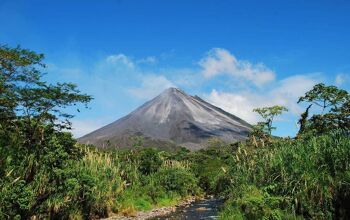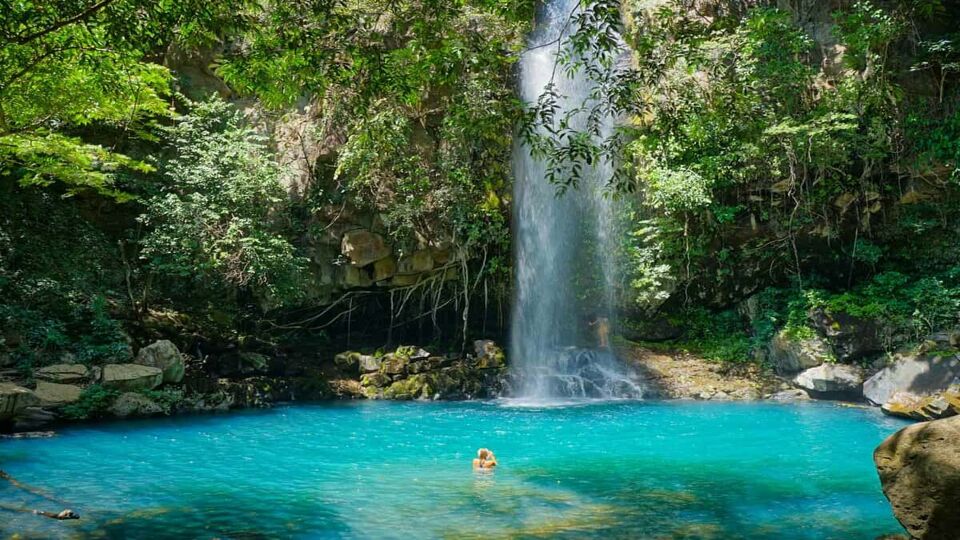Alajuela Province, Costa Rica

Bucket List Experience
Arenal Volcano National Park [Zip-lining, white-water rafting, mountain biking & hiking]For just over forty years Arenal was one of the world’s safest active volcanoes to visit – a rumbling cone set in lush forest, spewing out lava that glowed red in the night.
Today, Arenal sleeps but remains truly spectacular – oozing hot rivers and springs, with a near-perfect cone, fuming puffs of gas, and shrouded in black ash. On its slopes, lush forest fringes crumbling, congealed lava fields, and the trees are rich in wildlife – including peccaries, ocelots and capuchin monkeys.
The forests are beautiful, cut with numerous wildlife trails and dripping with waterfalls. There are spectacular views of the mountains’ perfect cone at every turn – framed by rainforest trees.
The entire area is protected as a national park, a larger conservation area and a series of private reserves – all part of the 204,000-hectare Arenal Conservation Area.
Over the years, a series of luxurious hotels and a string of hot river spas grew around its flanks and ecotourism parks with canopy walkways – at toucan’s eye level – were built in the beautiful cloud forests around the mountain.
It’s illegal and potentially dangerous to summit the mountain itself, but there are great hikes in the area; trails run across lava fields through pine woods filled with peccary and parakeets. Other trails lead to waterfalls like the 75m-high La Fortuna, which drops into a refreshing, clear-water pool that you can hike to and swim in.
There’s a range of other bucket list things to do in and around the national park too.
Canopy walkways offer monkey-eye views and the park environs have some of the country’s longest and fastest zip lines. There’s also rainforest river kayaking, tubing and white-water rafting, mountain biking and canyoning.
Good for age: 8+
Duration: -






![Monteverde Cloud Forest Reserve [zip-line]](https://cxgveiouca.cloudimg.io/familyhotelfinder.com/wp-content/uploads/Costa-Rica-Monteverde-Cloud-Forest1-SH.jpg?w=350&h=220&func=cover)






